You might think of big cats as creatures of the forest or savannah, but there’s one majestic feline who’s rewritten the rulebook—Brazil’s Pantanal jaguar. This big cat doesn’t just tolerate water; it thrives in it, slipping through tangled wetlands with the patience and power of a living shadow. In a world where so many wild places are shrinking, these jaguars remind us that some cats are born to rule the rivers as well as the land. Let’s slip quietly into their watery realm and discover the secrets of the Pantanal’s most elusive predator.
The Heart of the Wetlands

The Pantanal is the world’s largest tropical wetland, and it’s here, among flooded grasslands and winding rivers, that the jaguar reigns supreme. Unlike their cousins in the Amazon, Pantanal jaguars have carved out a life that’s deeply tied to water. During the rainy season, much of their world turns into a vast, shimmering lake, and these cats adapt without missing a beat. They wander the banks and islands, their golden coats dappled by sunlight and shadow. It’s almost poetic—watching such a powerful animal move so gracefully in a landscape most predators would avoid. The Pantanal isn’t just a backdrop; it’s a partner in the jaguar’s story.
Born Swimmers

What really sets the Pantanal jaguar apart from other big cats is its love for water. Most cats hate getting wet, but these jaguars glide through rivers and swamps without a second thought. Their bodies are built for it: strong limbs, webbed toes, and a thick tail that steers them like a rudder. You might spot one slipping beneath the surface, only its ears poking above the water, as it stalks caiman or capybara. Watching a jaguar in the water is like seeing a myth come to life—a predator as comfortable in the river as it is on dry land. It’s a reminder that wildness can take surprising forms.
The Spotted Ghost

Have you ever tried spotting a jaguar in the wild? It’s like looking for a ghost. Their rosette-patterned fur blends perfectly with the flickering light of reeds and forest. Even in broad daylight, a jaguar can vanish with just a twitch of its whiskers. Locals say you’ll feel its eyes on you long before you ever catch a glimpse. This camouflage isn’t just for show—it keeps them hidden from prey and rivals alike. In the Pantanal, where the grass grows high and the shadows run deep, the jaguar’s invisibility is its superpower, making every sighting feel like a small miracle.
Masters of the Ambush

Patience is the jaguar’s favorite weapon. These cats don’t chase; they wait. Hidden in the tall grass or drifting silently in the water, they’ll watch and wait for the perfect moment to strike. When the time comes, their attack is lightning fast—a blur of muscle and teeth. This ambush style is especially suited to the Pantanal’s thick cover and maze-like waterways. It’s not just about power, but precision. Each hunt is a lesson in restraint and timing, proof that sometimes, the quietest hunters are the most successful.
An Appetite for Caiman

Here’s a fact that might surprise you: Pantanal jaguars regularly hunt caiman, a relative of the crocodile. Most predators wouldn’t dare take on such a fearsome meal, but these jaguars have learned to grab caiman by the back of the skull, using their famously strong jaws to deliver a quick, fatal bite. It’s nothing short of astonishing. This boldness sets them apart, showing just how adaptable and fearless they are. Watching a jaguar wrestle a caiman from the water feels like witnessing a battle of titans, but it’s just another day in the life of the Pantanal’s top predator.
The Strongest Bite in the Cat World

If you measured sheer jaw power, the jaguar would win, hands down. Its bite is the strongest of any big cat, strong enough to crush turtle shells or pierce the thick skulls of prey. This is no accident—evolution has fine-tuned the jaguar for a life where meals often come armored or hard to catch. That bite means the jaguar can take down almost anything it wants, from capybara to armored reptiles. It’s not just strength, but a kind of wild ingenuity that helps these cats survive in one of the world’s most challenging habitats. The Pantanal jaguar is the living proof that sometimes, nature rewards boldness with brilliance.
Solitude in the Swamp

Jaguars are solitary creatures by nature. In the vast wilds of the Pantanal, this trait is even more pronounced. Each cat claims a huge territory, patrolling its watery kingdom with silent confidence. Encounters with other jaguars are rare, except during the brief mating season or when a mother is raising cubs. This solitude isn’t loneliness, but a way of life—a fierce independence that lets each jaguar thrive without competition. There’s something inspiring about the idea of a creature so perfectly in tune with its world, needing nothing but its own instincts and the land beneath its paws.
The Cub’s First Swim
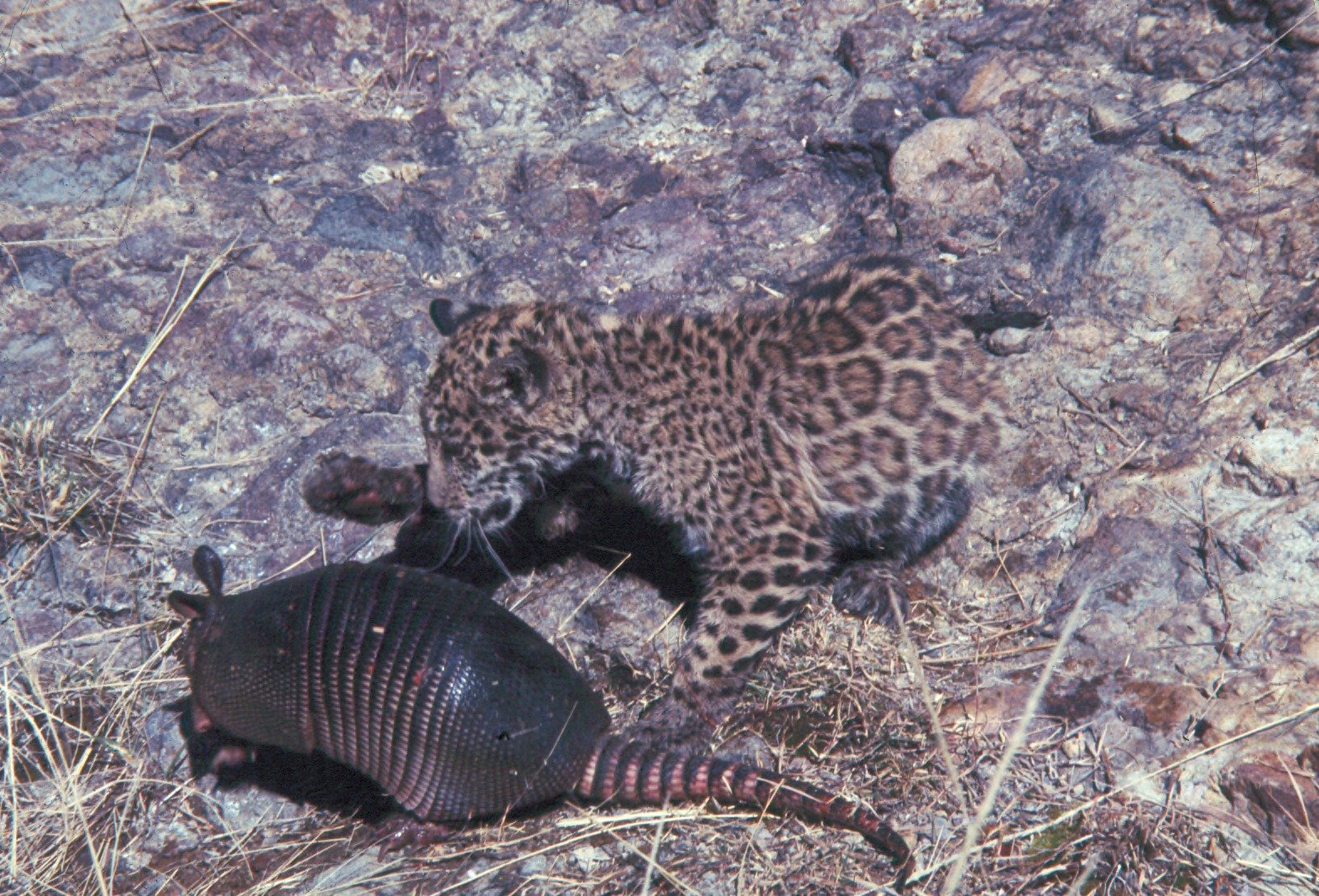
Imagine being a tiny jaguar cub, born into a world of endless water and tangled reeds. From the very start, Pantanal jaguar mothers teach their young to swim. Watching a cub paddle clumsily behind its mother, you can’t help but feel a surge of hope for the future. These first lessons are more than just cute moments—they’re survival skills, passed down through generations. Swimming means freedom, safety, and the chance to grow strong. In a place where water rules, learning to swim is the first step toward becoming the king or queen of the Pantanal.
Hiding in Plain Sight

Despite their size and strength, Pantanal jaguars are experts at staying out of sight. They use the landscape to their advantage, slipping between shadows or ducking into the water with barely a ripple. Even scientists who spend years studying them can go months without a single clear sighting. This natural shyness keeps jaguars safe from danger, but it also adds to their mystique. Seeing a jaguar in the wild feels almost magical—a rare gift from a world that still holds secrets. It’s a reminder that not everything wild is meant to be tamed or easily found.
Roars That Carry for Miles

Though usually silent, when a Pantanal jaguar chooses to speak, the whole swamp listens. Their deep, guttural roar can carry for miles, echoing over water and through the trees. It’s a sound that stops you in your tracks—part warning, part announcement. These roars help jaguars keep their distance from rivals, mark territory, and sometimes attract a mate. There’s primal power in that call, a reminder that even in a world filled with human noise, some wild voices still reign supreme. To hear a jaguar roar is to feel the untamed heart of the Pantanal beating close by.
Unlikely Neighbors

The Pantanal is a mosaic of life, and jaguars share their watery home with an astonishing cast of characters. From giant otters and marsh deer to anacondas and flocks of jabiru storks, it’s a landscape where every day brings a new encounter. Jaguars move quietly among these neighbors, rarely clashing unless hunger strikes. There’s a delicate balance here: predator and prey, competition and coexistence. It’s a living lesson in how even the fiercest animals fit into a larger, often fragile, web of life. The Pantanal jaguar is a guardian, not just a hunter, of this remarkable community.
Marking the Boundaries

With such vast territories, Pantanal jaguars need a way to say, “This land is mine.” They do it with scent marks and scratches on trees—nature’s version of a “keep out” sign. These messages are invisible to us, but to another jaguar, they’re as clear as a posted notice. It’s a peaceful way to avoid fights and keep the peace in an otherwise competitive world. Watching a jaguar scent-mark a tree is a simple, ancient act; a quiet declaration of belonging that stretches back through countless generations. Territories are the invisible borders that keep the wild world running smoothly.
Surviving the Floods
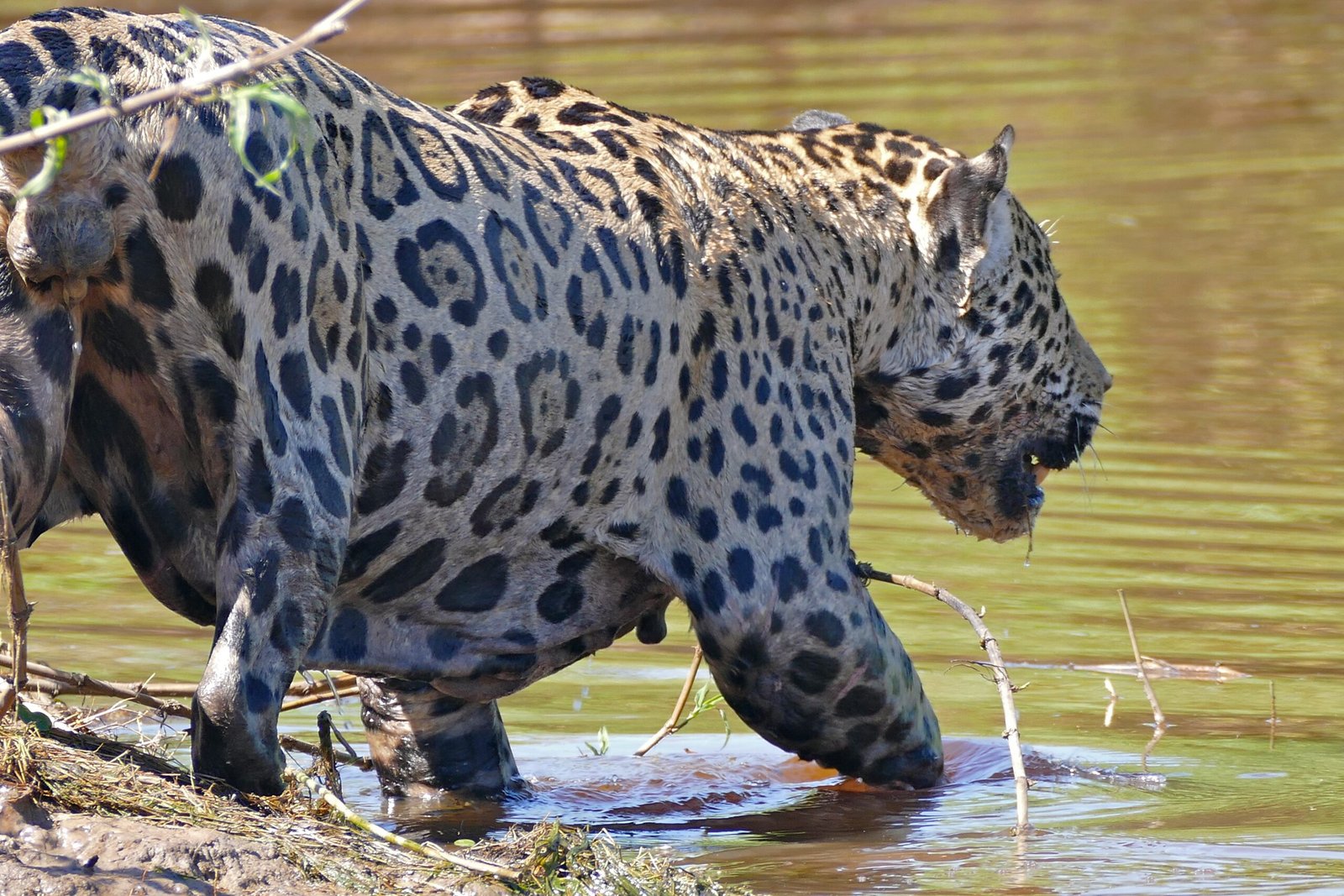
Every year, the Pantanal is transformed by seasonal floods. Water rises, islands disappear, and the whole landscape shifts. For the jaguar, this isn’t a disaster—it’s an opportunity. Floods bring new prey, fresh cover, and a changing stage for the eternal game of hunter and hunted. Jaguars follow the water, adapting their routes and routines with effortless grace. It’s a lesson in resilience, a reminder that survival is about more than strength—it’s about embracing change. In the ever-shifting Pantanal, the jaguar’s flexibility ensures its reign endures, no matter what the river brings.
The Call of the Capybara
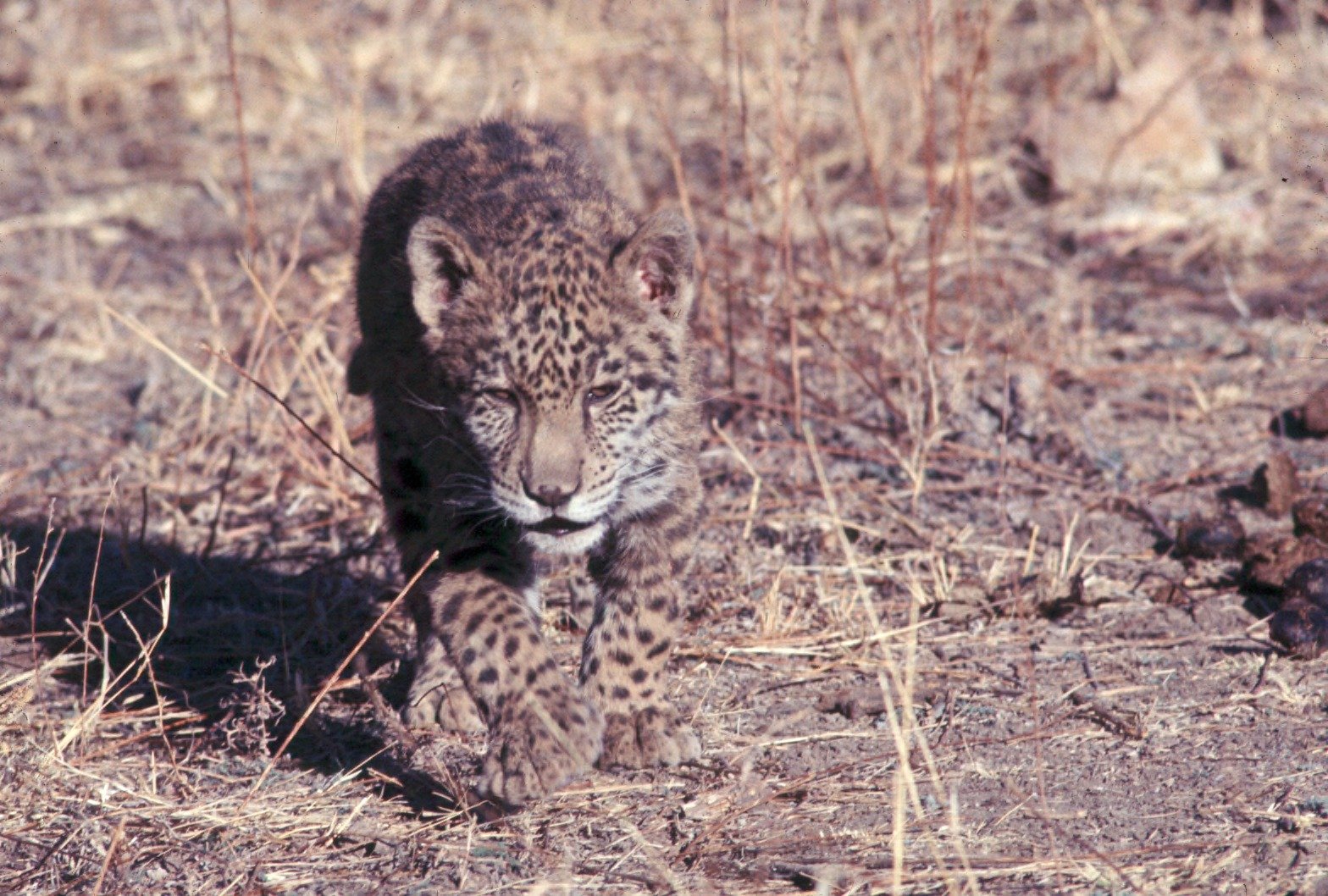
Capybara—the world’s largest rodent—might seem an odd meal, but for the Pantanal jaguar, it’s a favorite. These giant, gentle creatures gather at the water’s edge, and jaguars know just how to approach without being seen. A quick rush, a powerful leap, and the hunt is over almost before it begins. There’s an odd beauty in this dance between predator and prey, shaped by countless years of evolution. It’s not cruelty, but the rhythm of wild life—each animal playing its part in the story of the swamp. The jaguar’s love for capybara is just one more thread in the Pantanal’s rich tapestry.
When the Moon Rises
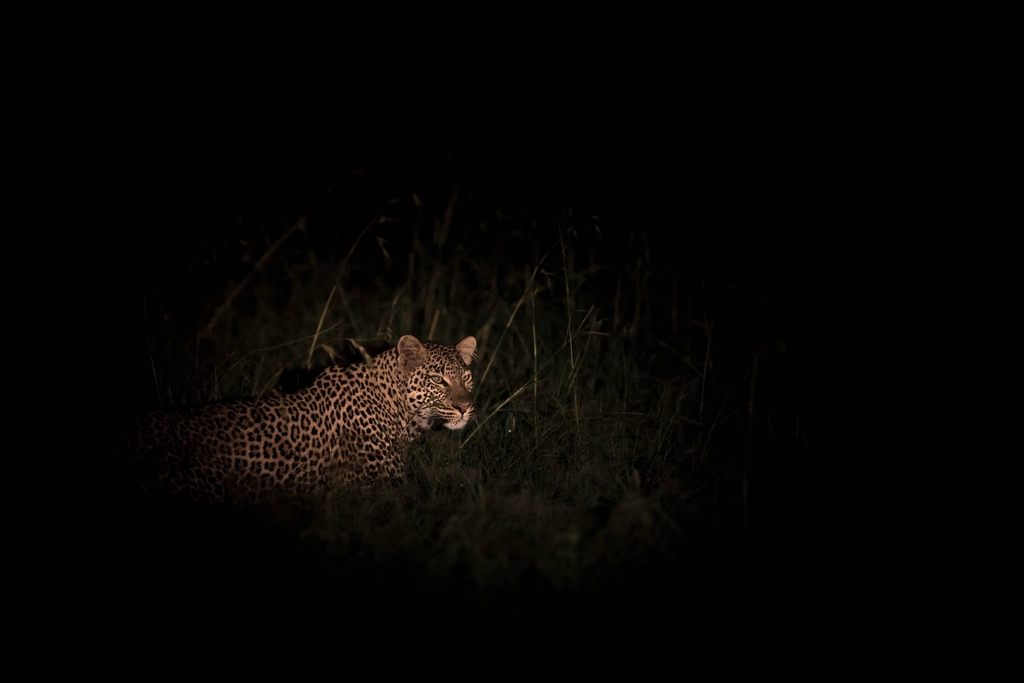
Night is the jaguar’s true domain. As the sun sinks and the Pantanal falls silent, these big cats come alive. Their eyes, shining like lanterns, catch every movement in the dark. Nighttime is when the swamp’s secrets emerge—silent hunts, stealthy footfalls, and the occasional splash of a swimming cat. There’s an old magic to these moments, a feeling that anything could happen under the moon’s watchful gaze. To walk the Pantanal at night is to step into the jaguar’s world, a place where the rules of daylight no longer apply.
The Language of Whiskers

Few people realize how important whiskers are to the jaguar’s survival. These sensitive hairs help the cat navigate in total darkness, feeling for obstacles or prey in the thick undergrowth. Whiskers act like radar, picking up the slightest vibration or change in the air. For a creature that hunts in tangled forests and murky water, this extra sense is invaluable. It’s a small detail, but one that shows how every part of the jaguar is built for survival. Sometimes, the smallest features can make the biggest difference in the wild.
Sunbathing Royalty

Despite their reputation as fierce hunters, Pantanal jaguars love a good nap in the sun. After a long night of hunting, you might spot one draped across a fallen log, basking in the morning light. There’s a peacefulness in these moments—a reminder that even the wildest animals need rest and warmth. Watching a jaguar stretch out, eyes half-closed and belly exposed, you can’t help but smile. It’s a glimpse of vulnerability beneath all that muscle and mystery. In the heart of the Pantanal, even royalty needs a little sunshine now and then.
Stories in the Sand

Long before scientists arrived with cameras and GPS trackers, local people learned to read jaguar tracks in the mud. A single paw print tells a story: where the cat was headed, how fast it moved, what it might have been chasing. These stories connect people to the land and its oldest inhabitants. Even today, following jaguar tracks is an adventure—each print a clue, each trail a mystery waiting to unfold. It’s a quiet partnership between humans and cats, built on respect and curiosity. Sometimes the best stories are the ones written not in words, but in the sand.
Guardians of the Wetland

Jaguars play a crucial role in keeping the Pantanal healthy. By hunting capybara, caiman, and other prey, they help control populations and keep the ecosystem in balance. Remove the jaguar, and the whole web could unravel. This makes their survival more than just a matter of beauty—it’s a key to the Pantanal’s future. Conservation efforts are growing, inspired by the jaguar’s mystique and importance. Protecting these cats means protecting the rivers, forests, and countless other creatures that share their wild home. In saving the jaguar, we save a world.
Threats on the Horizon
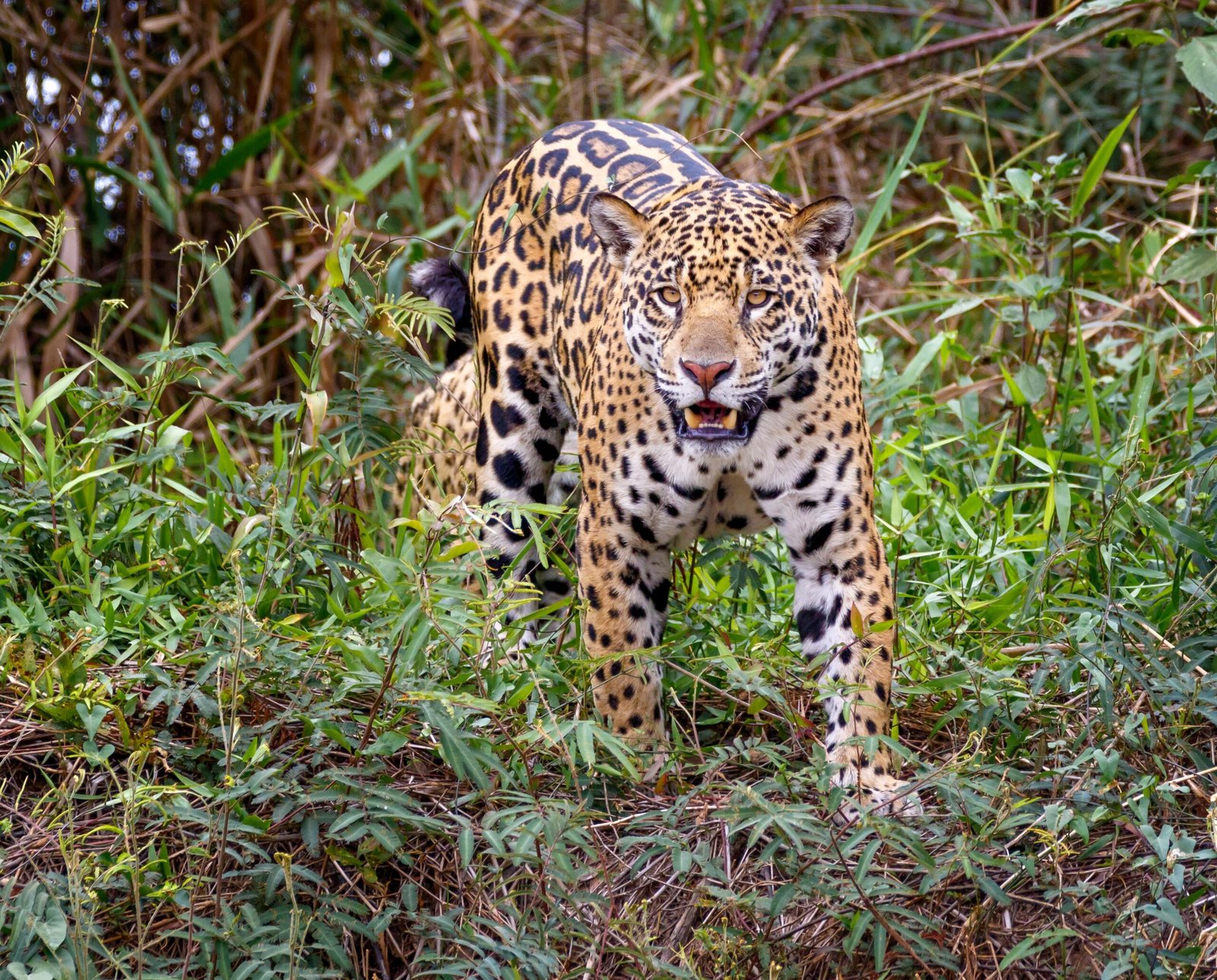
Despite their strength, Pantanal jaguars face real dangers. Habitat loss, illegal hunting, and conflicts with humans all threaten their future. As ranches expand and wild spaces shrink, jaguars sometimes prey on livestock, leading to retaliation. It’s a tough challenge—balancing human needs with the wild’s right to exist. But hope remains. Conservationists and local communities are working together, finding new ways to protect both cattle and cats. Every jaguar saved is a victory for the wild heart of Brazil, a reminder that coexistence is possible when we choose understanding over fear.
Tourism and the Jaguar Boom
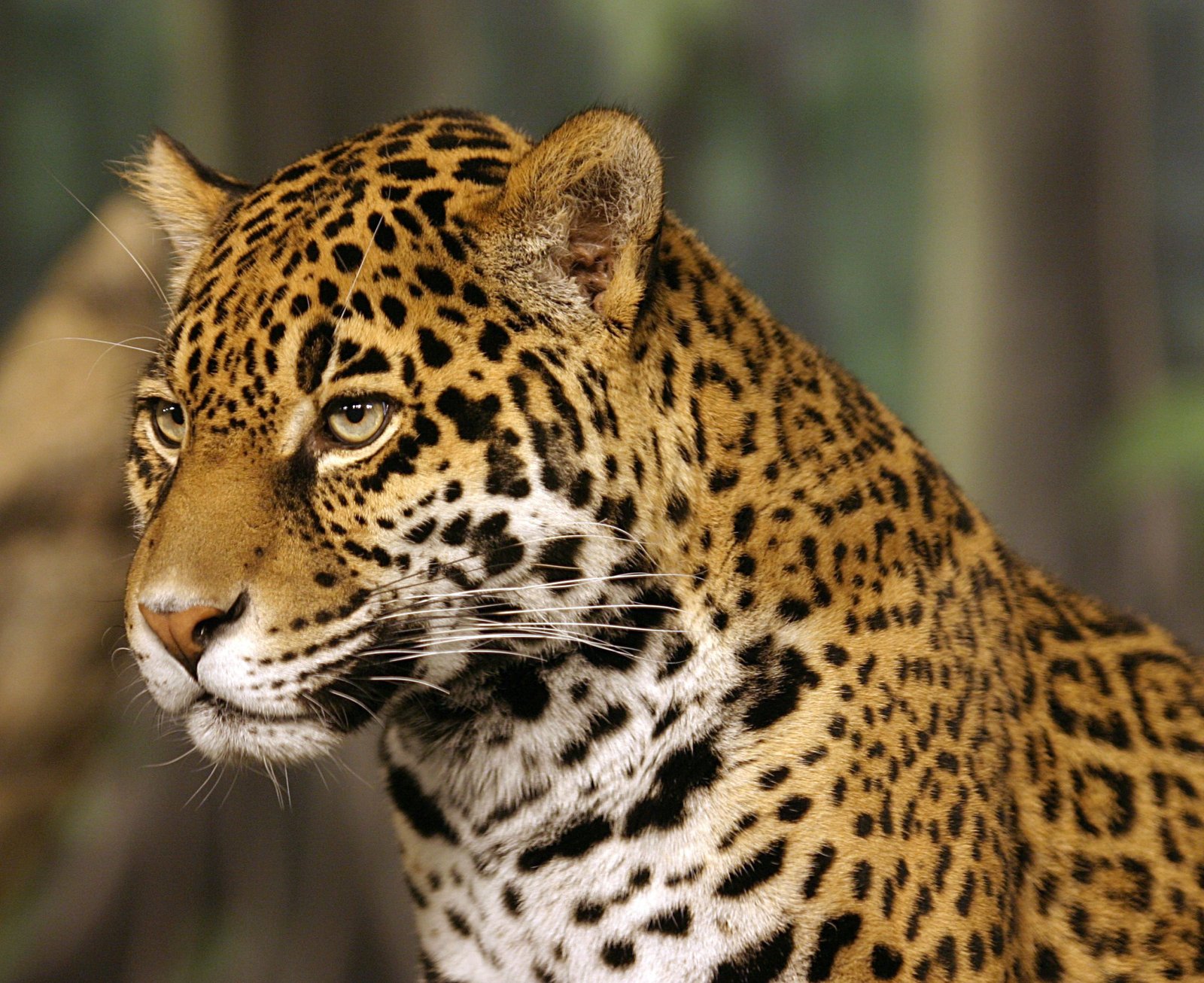
In recent years, wildlife tourism has become a surprising ally for the Pantanal’s jaguars. People travel from around the world hoping for a glimpse of these elusive cats, and their visits support local economies. Responsible tourism means more eyes watching for poachers and more reasons to keep the wetlands wild. It’s not always perfect, but when done right, tourism can turn jaguars from targets into treasures. Seeing a jaguar in the wild is a life-changing moment—one that sparks a lifelong respect for the creatures of the swamp. Sometimes, awe can be the best protection of all.
The Jaguar’s Ancient Roots

The jaguar’s story is as old as the Americas themselves. For centuries, these cats have roamed from Argentina to Arizona, worshipped by ancient peoples and feared by rivals. In Brazil, the jaguar is more than just an animal—it’s a symbol of power, mystery, and the untamed wild. Cave paintings, legends, and modern art all celebrate its place in history. The Pantanal jaguar is the latest chapter in a tale that stretches back through time, connecting us to a world where wildness was the rule, not the exception. Their legacy is written in every ripple of the river.
Symbols of Strength and Spirit

For many, the jaguar isn’t just an animal—it’s a symbol. It stands for courage, resilience, and the wild spirit that lives in all of us. In local stories, jaguars are often seen as protectors, teachers, or even guides to the next world. There’s something about their steady gaze and silent strength that inspires respect. Even from afar, the jaguar stirs the imagination, whispering of places where nature still holds sway. To know the jaguar is to remember that some mysteries are best left unsolved, and some spirits are too wild to be tamed.
The Future of the Water-Loving Stalker
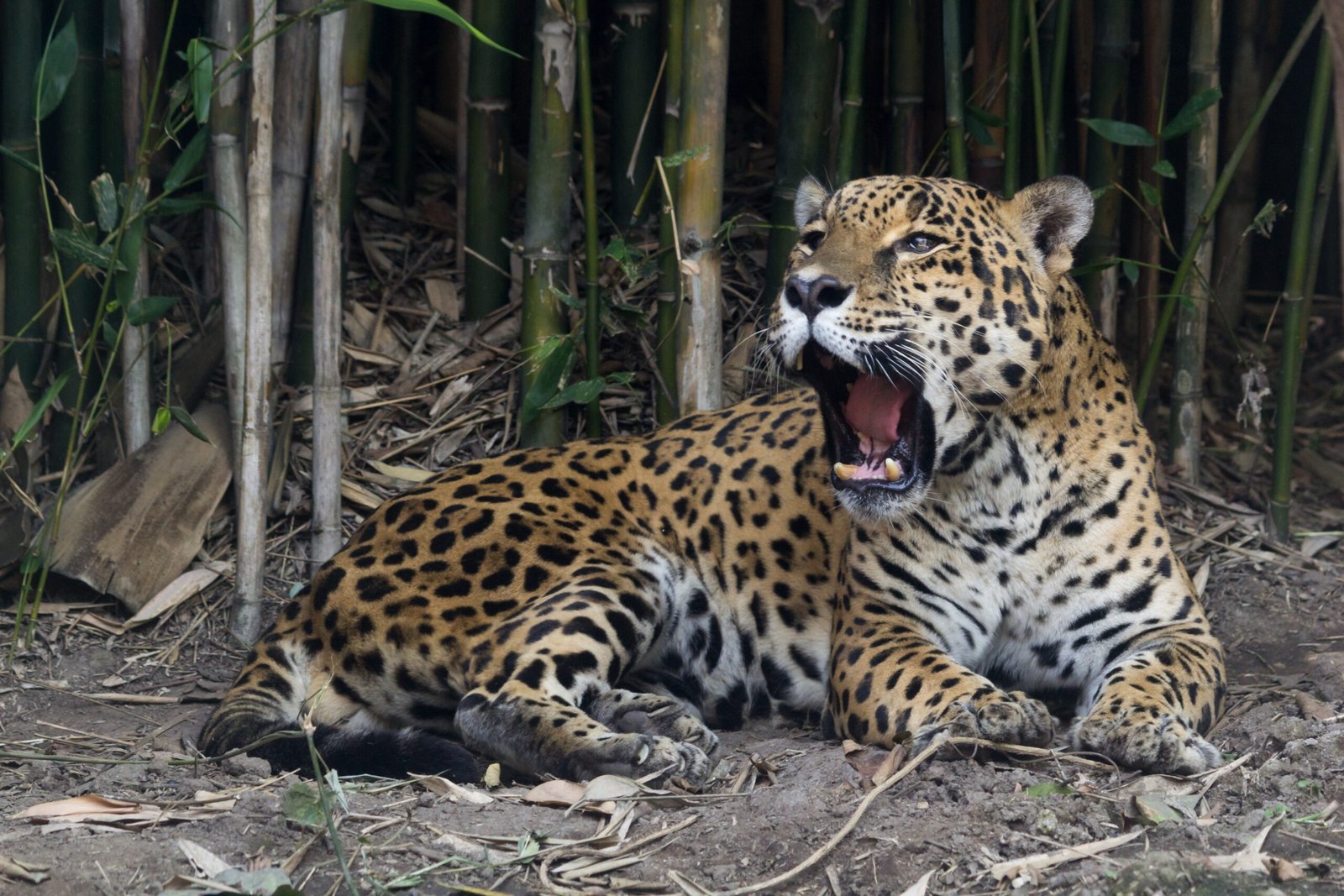
The Pantanal jaguar’s future hangs in the balance, but there’s reason for hope. Every year, more people fall in love with these cats—whether through a lucky sighting, a shared photo, or a story told beside a campfire. Science and tradition are coming together, blending old wisdom with new ideas to protect the wetlands and their wild rulers. The road ahead won’t be easy, but the jaguar has survived everything nature and humans have thrown at it so far. With luck, love, and a little help, the water-loving stalker of Brazil will keep haunting the rivers for generations to come.
Conclusion

There’s something almost magical about the Pantanal jaguar—a wild beauty that refuses to be tamed, a spirit that dances between water and land. Each glimpse of those golden eyes reminds us how much wonder still lives in the world, waiting in the shadows and the sunlight alike. Felines like the jaguar teach us about patience, resilience, and the thrill of the unknown. They are reminders that life’s greatest treasures are often the hardest to find. As long as we keep listening to their stories and fighting for their future, maybe the world will always have room for a little wildness. What would you do if you met those eyes across the water?

Suhail Ahmed is a passionate digital professional and nature enthusiast with over 8 years of experience in content strategy, SEO, web development, and digital operations. Alongside his freelance journey, Suhail actively contributes to nature and wildlife platforms like Feline Fam, where he channels his curiosity for the Feline into engaging, educational storytelling.
With a strong background in managing digital ecosystems — from ecommerce stores and WordPress websites to social media and automation — Suhail merges technical precision with creative insight. His content reflects a rare balance: SEO-friendly yet deeply human, data-informed yet emotionally resonant.
Driven by a love for discovery and storytelling, Suhail believes in using digital platforms to amplify causes that matter — especially those protecting Earth’s biodiversity and inspiring sustainable living. Whether he’s managing online projects or crafting wildlife content, his goal remains the same: to inform, inspire, and leave a positive digital footprint.






